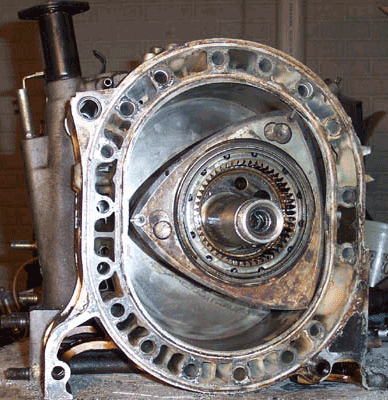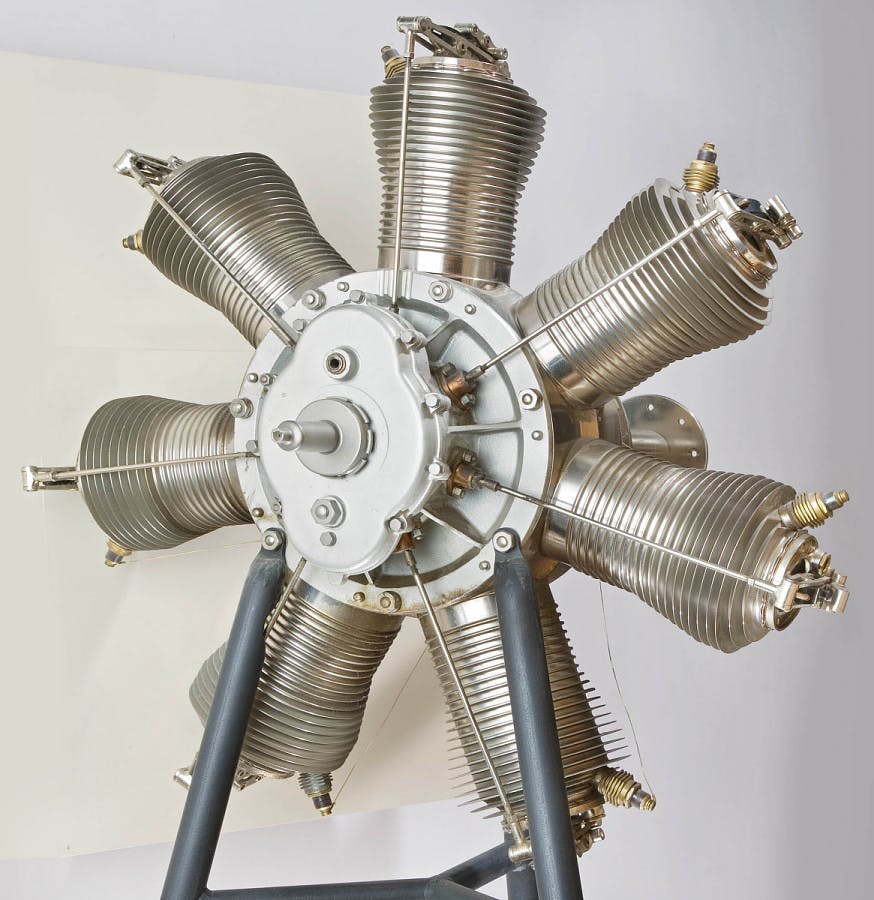So, I was tinkering around in the garage the other day, you know how it is, and this old question popped back into my head, something that’s been bugging me on and off: do rotary engines actually have valves? It sounds like a straightforward question, right? But you hear all sorts of stuff, and honestly, I had my own ideas.

My first thought, and what I kinda always assumed, was nope, no way. I mean, it’s a “rotary” engine. The whole idea, in my head, was this smooth, spinning thing, completely different from your typical piston engine that’s all clattering up and down with valves opening and closing. Why would it need those old-fashioned bits if it’s all about rotation? Seemed like extra complexity they wouldn’t need.
Well, this time, instead of just wondering, I decided to actually do a bit of digging. I’m not one to just take stuff I read on some forum as gospel, you know? I like to get a feel for it myself. So, I started pulling up some old service manuals I’ve collected over the years – don’t ask why I have them, I just do! Spent a good hour or so looking at diagrams, trying to really see how these things are put together. It’s one thing to read about it, another to trace the paths on a diagram.
And here’s the thing that really surprised me, and made me rethink my whole “no valves” stance. Turns out, a good number of rotary engines, especially some of the classic ones, they totally have inlet valves! Yeah, I was a bit floored. They use these valves, pretty normal-looking ones actually, to let the air and fuel mixture get sucked into the working chamber. So, in that sense, it’s a bit like a regular four-stroke engine taking a gulp of air and fuel. My grand theory of a completely valve-less wonder took a bit of a hit there.
But then, this is where the rotary magic still shines through, and why they’re still so unique. Even if some have those inlet valves, they absolutely do NOT use pistons and connecting rods like your average engine. Instead, they’ve got that famous triangular-ish rotor spinning around inside an oval-like housing. That’s how they handle the compression and all the power strokes. It’s a completely different method of doing the internal combustion dance. That rotary compression is a big part of why they can be so powerful for their size and have that distinct smooth feel.
So, the whole “does it have valves?” question isn’t a simple yes or no that applies to every single design ever, but many do, for the intake side at least. It was a good reminder for me that things in engineering are often more nuanced than they first appear. You gotta look past the name and see how it actually works. Definitely learned something by actually spending the time to look into it properly. Always better to check things out for yourself!

